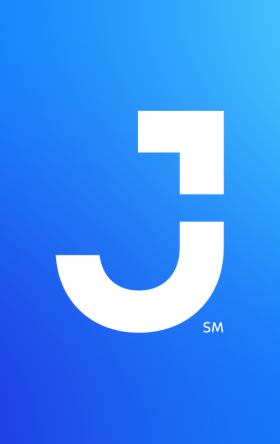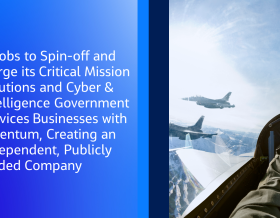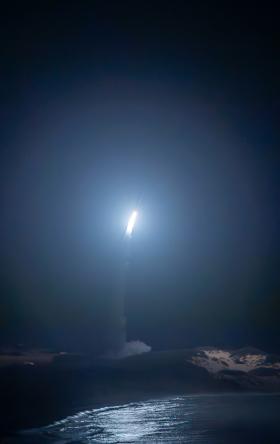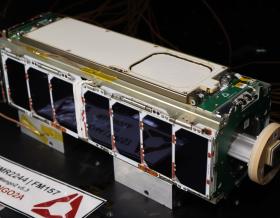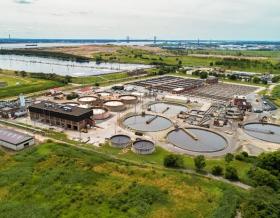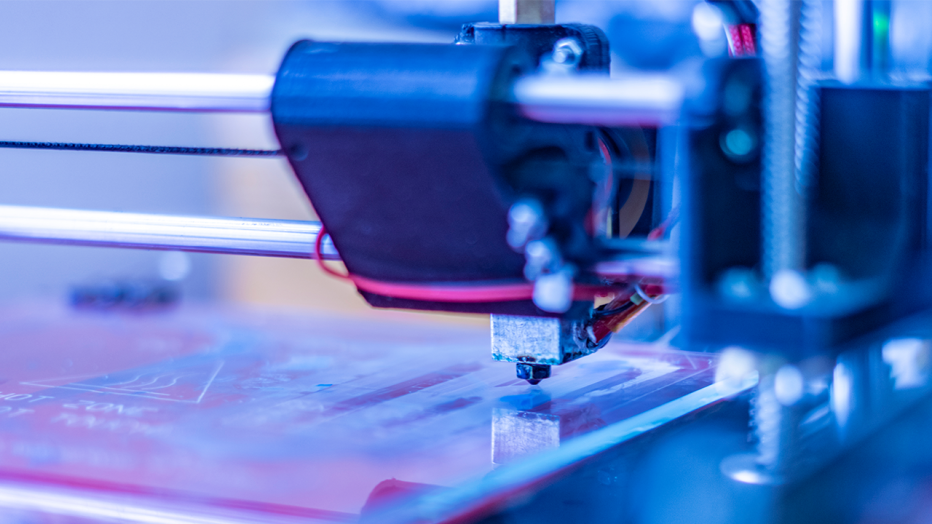
The Canadian Nuclear Laboratories (CNL) in Ontario is home to several 3D printers. In routine operations at the site — where Jacobs is part of the consortium that owns CNL— additive manufacturing (3D printing) devices are used to develop components for the nuclear industry, for remote tooling solutions, or even for the development of advanced fuel designs. Now, thanks to the CNL team’s forward-thinking actions, they’re being applied in the fight against COVID-19.
In response to the pandemic, executives put out a call to staff: think about how to put CNL assets to work to contribute to combatting the virus.
The call-to-action inspired one team to proactively explore manufacturing personal protective equipment (PPE) to supply healthcare professionals in need. So, they brought key printing equipment offsite and into homes of staff with expertise in 3D printing. Now, these team members are producing Prusa RC2 Face Shields.
The Prusa RC2 Face Shield is part of a larger international effort to engage the world’s 3D printing community in developing high-demand solutions for healthcare workers. The detailed designs, printing files and assembly instructions are provided free of charge and shared widely.
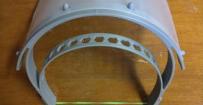
Right now, the production time of each visor varies from between two-to-six hours, depending on the printer being used. Once the frame and head pieces are printed, each visor is then fabricated. These replacement shields can then be used at the site for lower-risk activities and CNL’s currently supply of shields can be freed up to aid the medical community in the COVID-19 response.
“By producing these replacement 3D-printed harnesses with plastic shields, we intend to send our supply of shields to medical providers,” explains Jacobs Critical Mission Solutions SVP, North American Nuclear Karen Wiemelt. “The team at CNL can use the 3D-printed replacement shields for low-risk activities that don’t require the same type of medical protocols, such as protection from water or chemical splashes.”
The team currently has enough print media to produce approximately 700 Prusa RC2 Face Shields and is actively working to procure materials to make more. The printing team at CNL is in contact and liaising with Health Canada to determine the best distribution strategy.
“We have been exploring ways to leverage our Jacobs’ 3D printers to aid in the supply of necessary equipment for medical professionals. Inspired by the work being done at CNL, we are exploring the potential to use our printers to produce the headbands for face shields for non-critical use, and potentially reallocate some of our current supply of face shields to help fill the gap for our medical community,” shares Jacobs SVP, Technology & Innovation Heather Wishart-Smith.
“While we are still evaluating designs for 3D printed face masks similar to N95 masks, there is a risk because some printers can leave gaps between layers. At this time, Jacobs’ equipment, labor and materials are not authorized for 3D printing PPE for medical use. However, we are continuing to pursue options to aid in supply of necessary PPE, while minimizing risk and to do our part in preventing unsafe equipment from entering the market, especially in these critical moments during the critical COVID-19 response,” she adds.
